The leading technology for connecting people far and wide has undoubtedly been video, especially after the onset of the global pandemic. Video helped the corporate world improve efficiency and flexibility on so many levels that it quickly became part of every enterprise’s infrastructure. Perhaps the best use case of video has been employee onboarding and Learning & Development. Since virtual onboarding takes place online, the new employee can join the process from anywhere. In this blog we will examine the best practices of virtual onboarding for 2022.
What is Virtual Onboarding?
Virtual onboarding is the process of hiring a new remotely located employee into your organization via video conferencing technology and online resources as opposed to in-person onboardings.
Virtual onboarding differs from in-person onboarding as it takes place online and so enables the induction of remotely located employees using virtual technology. This has solved major recruitment challenges for HR departments of global companies, hybrid workplaces, and many other companies in times of pandemic-related restrictions.
Research conducted by the Brandon Hall Group and commissioned by Glassdoor.com showed that a strong onboarding process improves your new hire retention by 82% and productivity by more than 70%.
Virtual Onboarding Best Practices – Steps To An Effective Virtual Onboarding Program for Employees
1. Setting up the Right Technology
36% of HR professionals identify a lack of technology as the reason for their inability to organize and automate their onboarding process.
As opposed to in-person physical onboardings, virtual onboarding heavily relies on technology that includes infrastructure covering all remote communication, collaboration, and learning needs. Business chat software like Microsoft Teams, Google Meet, Zoom, Slack and shared file platforms like OneDrive or Dropbox are now standard in the corporate world. Millions of remote employees rely on these software tools for maintaining daily collaboration while working from home. For your virtual onboarding program, you’ll also need internal communication software and dedicated virtual classroom solutions.
2. Establish Personal Connections

Establishing personal connections with remote employees is crucial for employee health and overall well being. In traditional employee onboarding processes, new hires are usually shown around the office and introduced to other employees. This allows them to create first-time connections as well as get familiar with the office environment.
Here are some ideas on what you should do:
a. Host Video Conferences
You can host virtual meetings or video conferences to introduce new hires to the rest of the team. This allows them to get acquainted with other members and know who to approach whenever they need help.
b. Assign “Welcome Buddies”
Assigning welcome buddies to new hires is a way of providing them with direct contact for any assistance they want initially. Buddies are helpful as they can direct all their quick questions and turn for support. This will also speed up their social integration.
c. Use “Cohorts”
Virtual onboarding can be challenging to face alone and therefore onboarding with a fellow cohort gives your employees the chance to lean on somebody else. Companies that onboard using a cohort model report feedback from their team that everyone felt more comfortable and welcome, especially with those who were onboarding remotely.
3. Assign Virtual Mentors
It is a good practice to assign virtual mentors to remote employees as it helps them ask questions and address issues that they face initially when they join a company and also aids in easy integration with the rest of the team.
Providing a virtual mentor for new remote hires helps to give them a head start. While mentoring virtually onboarded employees is somewhat different, it helps deliver a positive effect for new employees by improving their morale and motivation.
For more on virtual meetings, read our blog How to Live Stream Virtual Conferences.
4. Present Company Culture and Values
The new employee’s first online meeting will usually be with the HR contact person or team manager. This would be the right opportunity to present the company and its values. Onboarding can be an anxious experience for a new employee. Take the time to answer all their questions and make them feel at ease and welcome.
Also Read: How to Maintain Internal Communications While Working Remotely?
5. Train the New Employee with Interactive Video-Based Instruction

Video conferencing may be one of the most prominent technologies within today’s stack of communication and training tools for remote teams. Employees learn best when introduced to video-based training as it gives them an opportunity to interact with the trainer in real-time.
It’s a good practice to initiate video-based instruction with collaborative whiteboards, multimedia playlists, quick polls, and live quizzes. Video instruction fosters a better understanding and retention of new knowledge.
You can effectively use 2- to 3-minute long microlearning videos to deliver bite-sized information to your learners. The major advantage of this format of video-based training is that it can teach or train the learner about one single concept or skill without confusing the newly onboarded employee.
Another crucial aspect of virtual onboarding is ensuring legal and regulatory compliance throughout the hiring and orientation process. For organizations operating across multiple regions or industries with strict standards, understanding onboarding compliance requirements is key to mitigating risk. For a deeper look at how legal perspectives and requirements impact virtual onboarding—including evolving laws, jurisdictional challenges, and best practices—explore this comprehensive guide on understanding onboarding compliance.
Muvi One provides an end-to-end streaming platform that delivers on-demand & live streaming education solutions for institutes, universities, publishers, and companies. With Muvi One’s Live Chats, ensure your learners interact and discuss with educators and trainers in real-time.
Wrapping Up,
Creating a great onboarding experience isn’t an easy process, but if you have the right infrastructure and technology, the process becomes easily achievable. Companies with an effective remote onboarding best practices plan are likely to increase revenue growth and profit margin by 2.5% and 1.9% respectively.
Choose Muvi as your virtual onboarding technology partner as we offer solutions that power real-time, live, and VOD experiences for any enterprise, at any scale.
Take a Muvi 14-Day Free Trial, now!

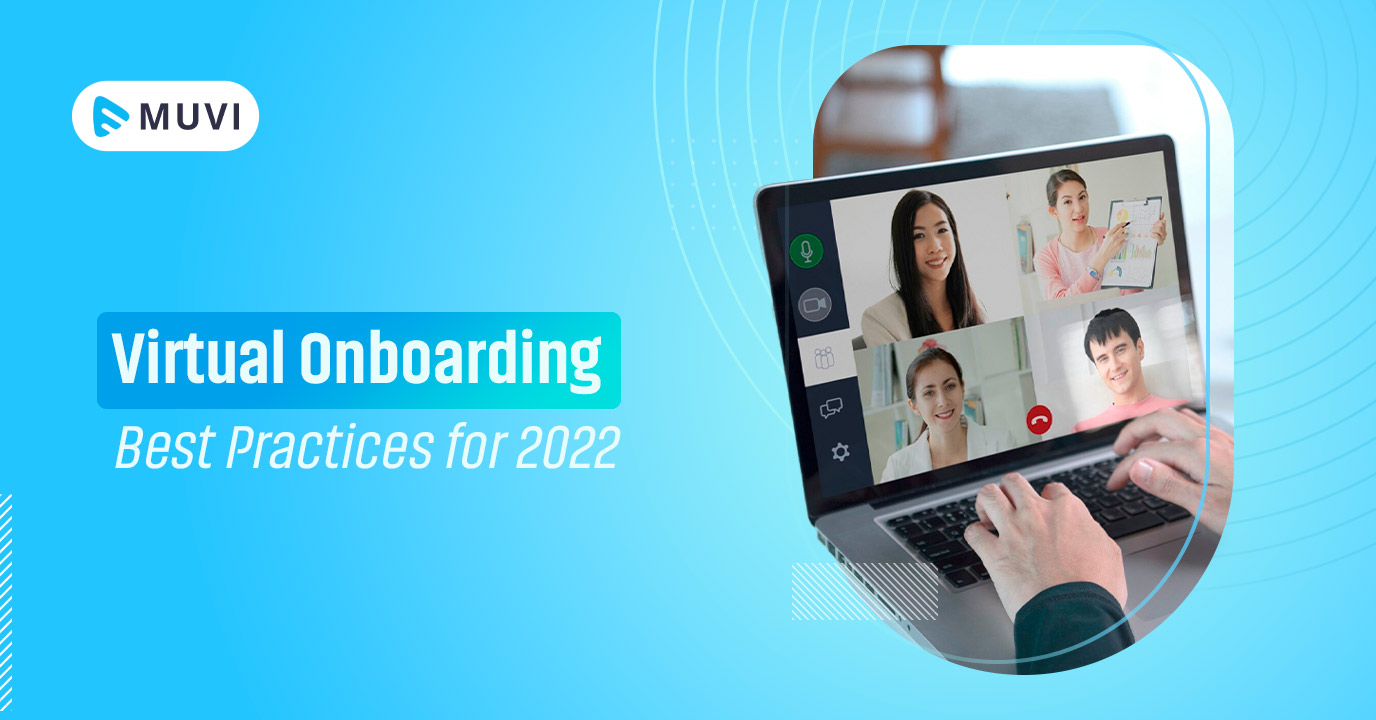





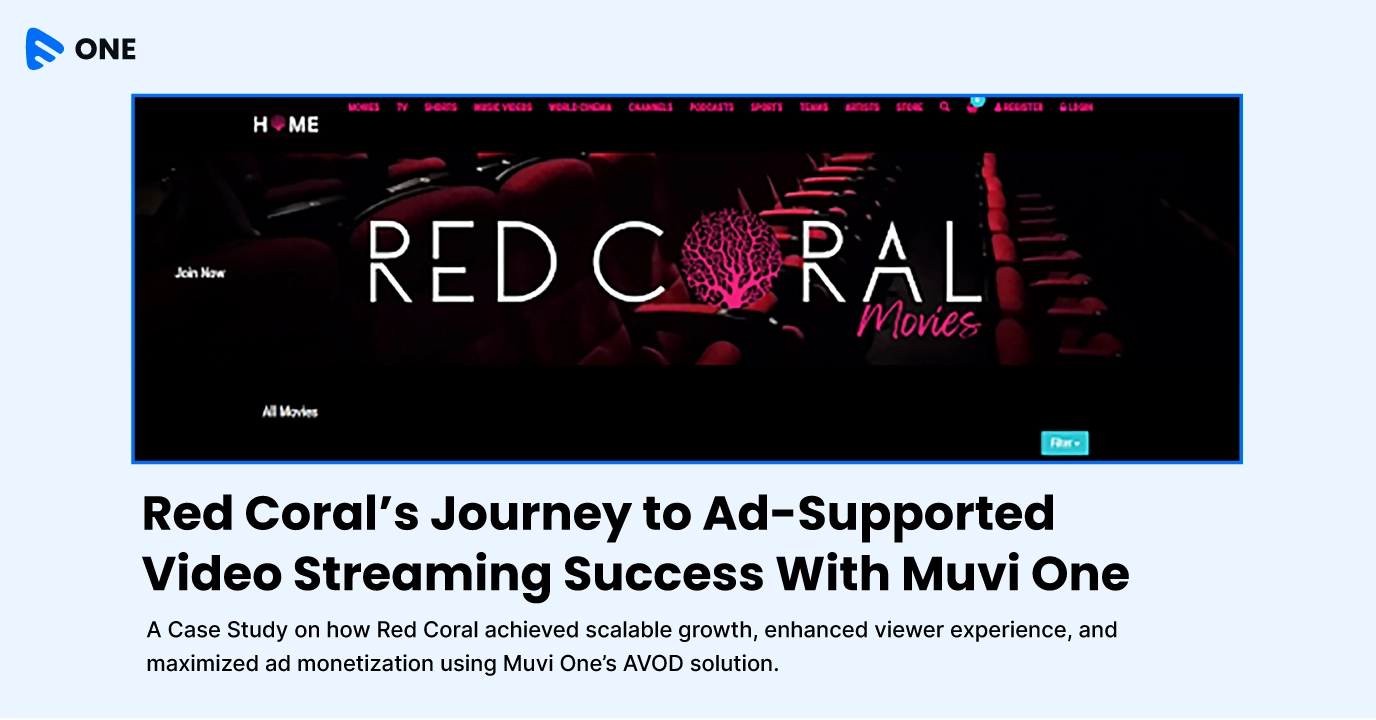
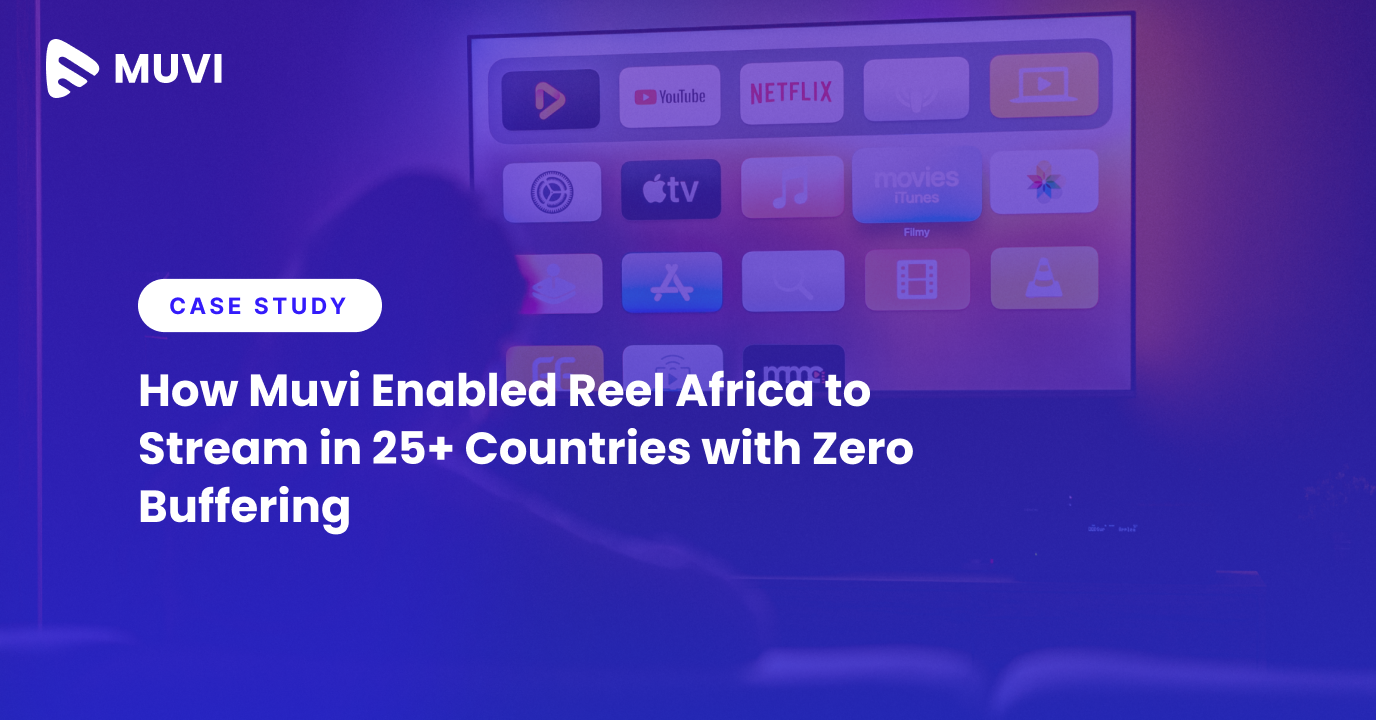

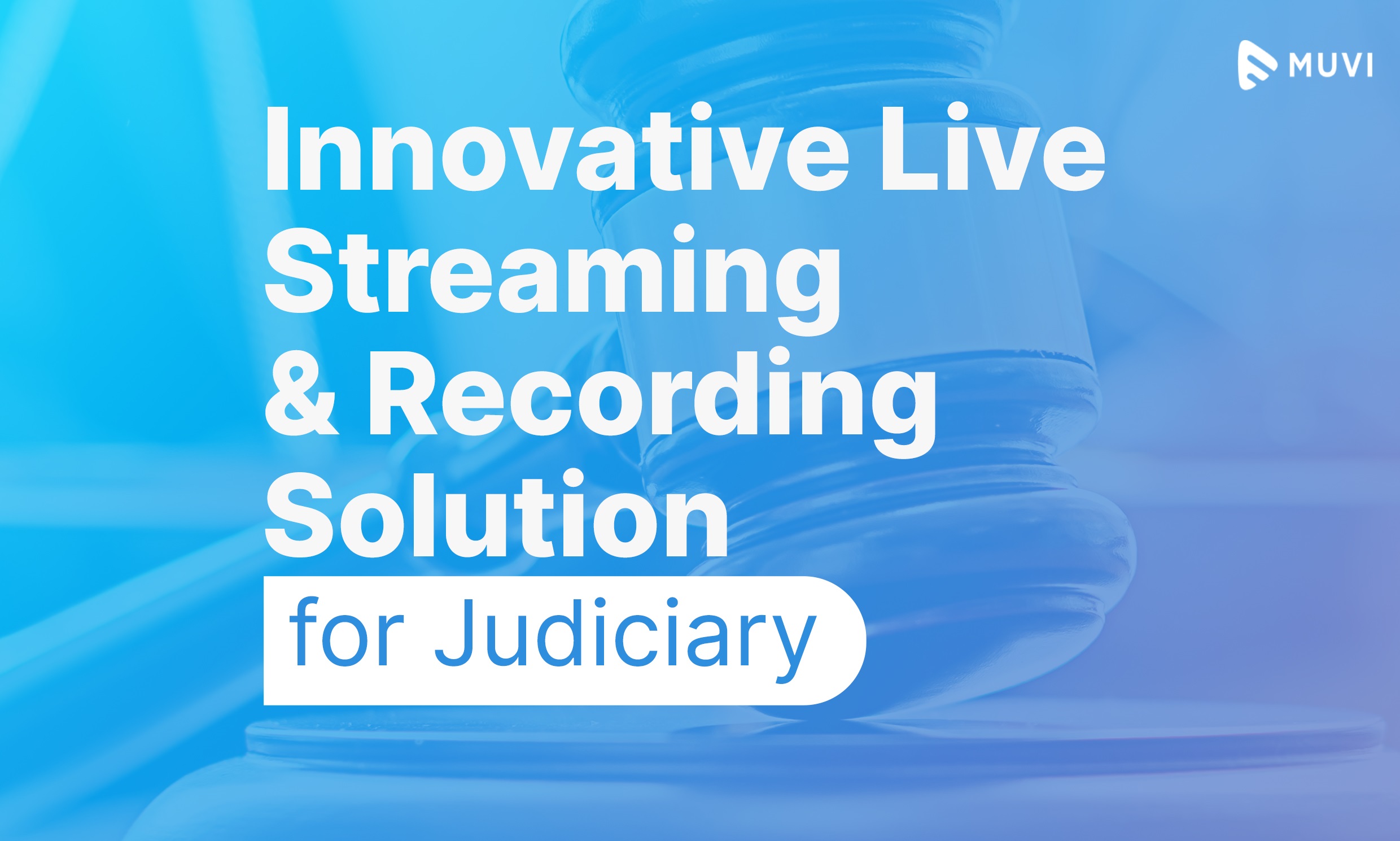

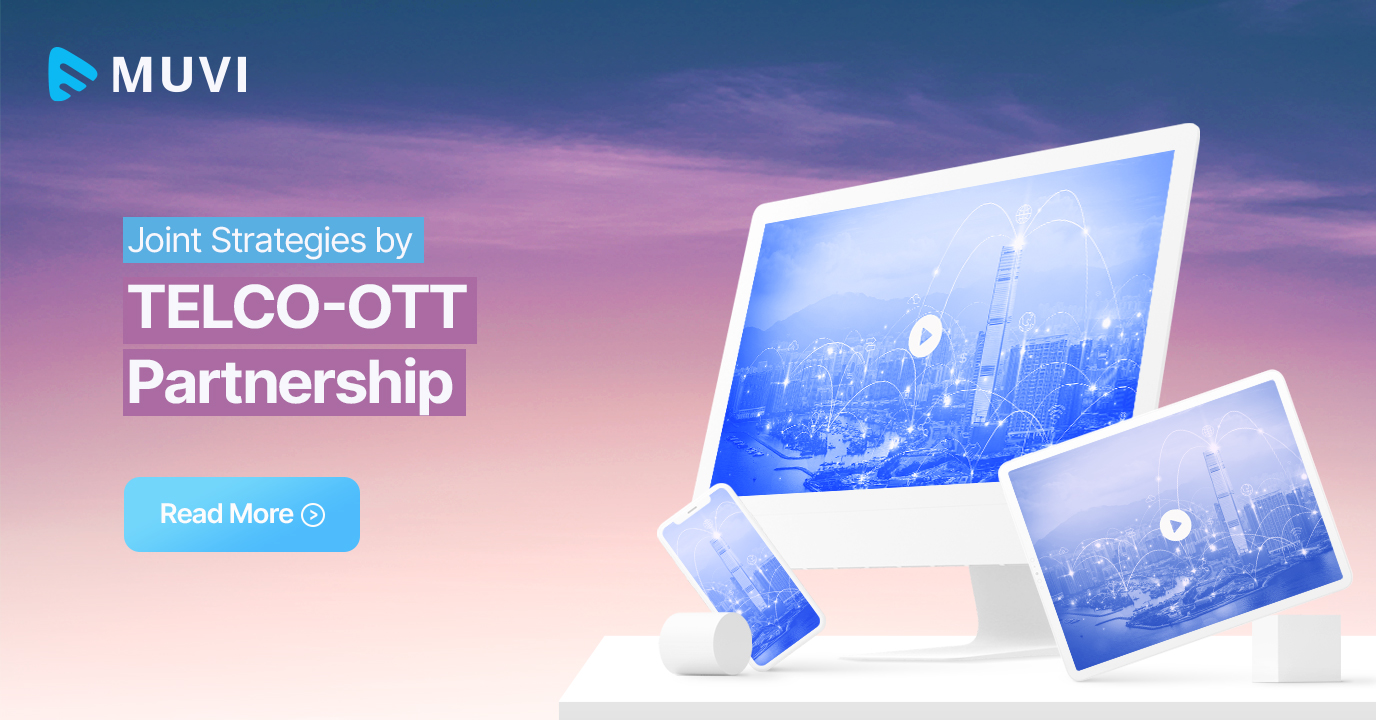
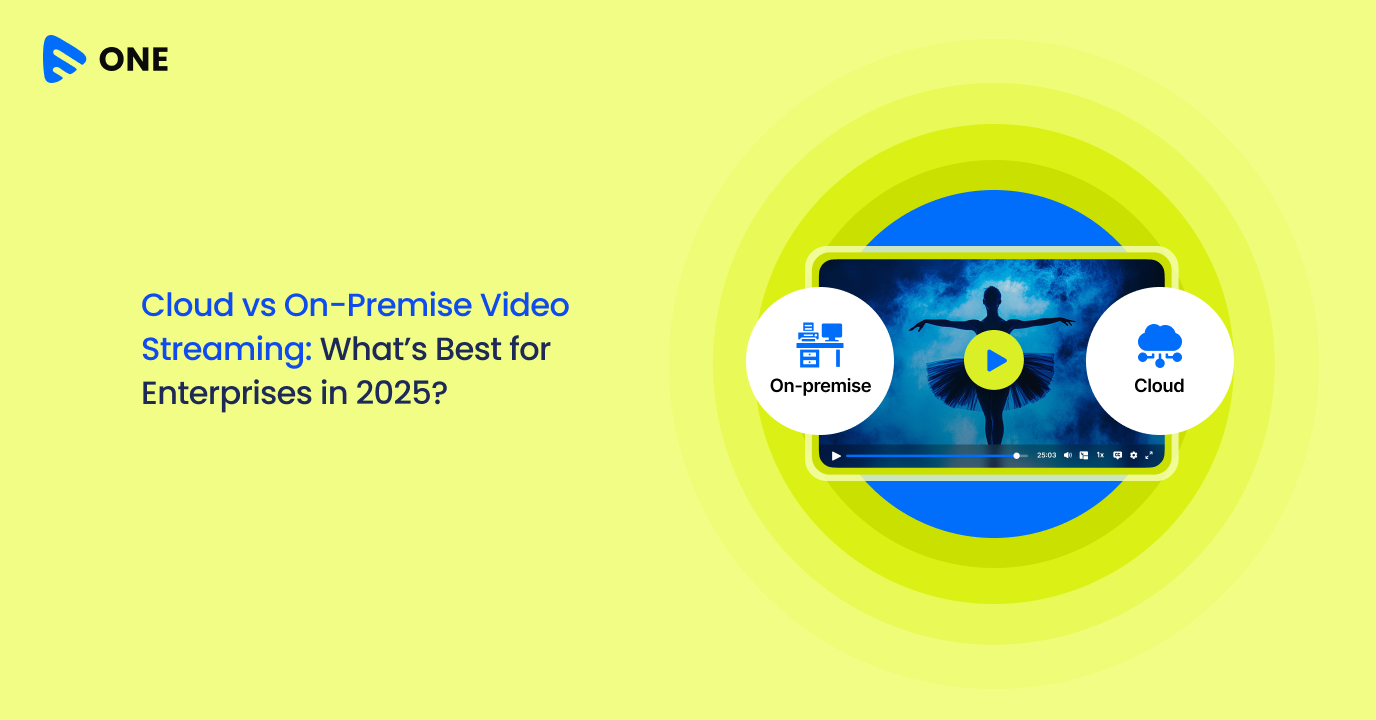

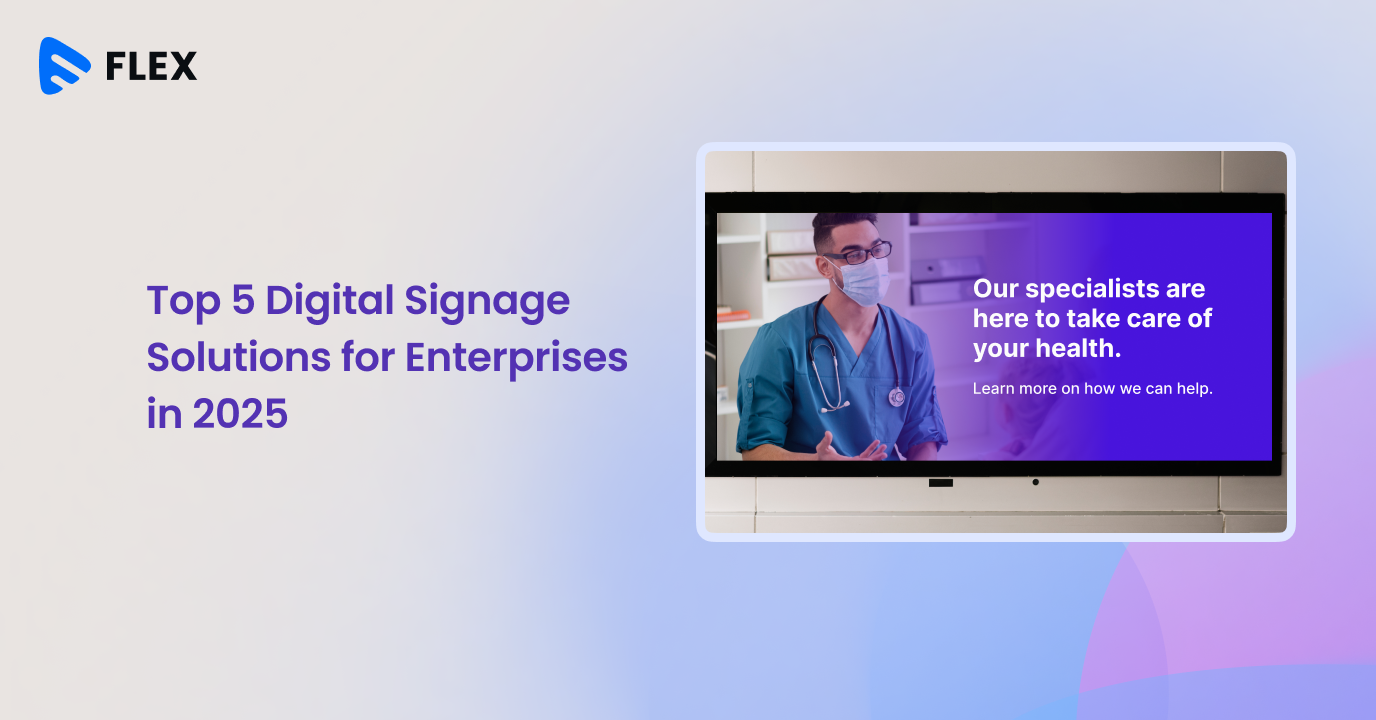



Add your comment